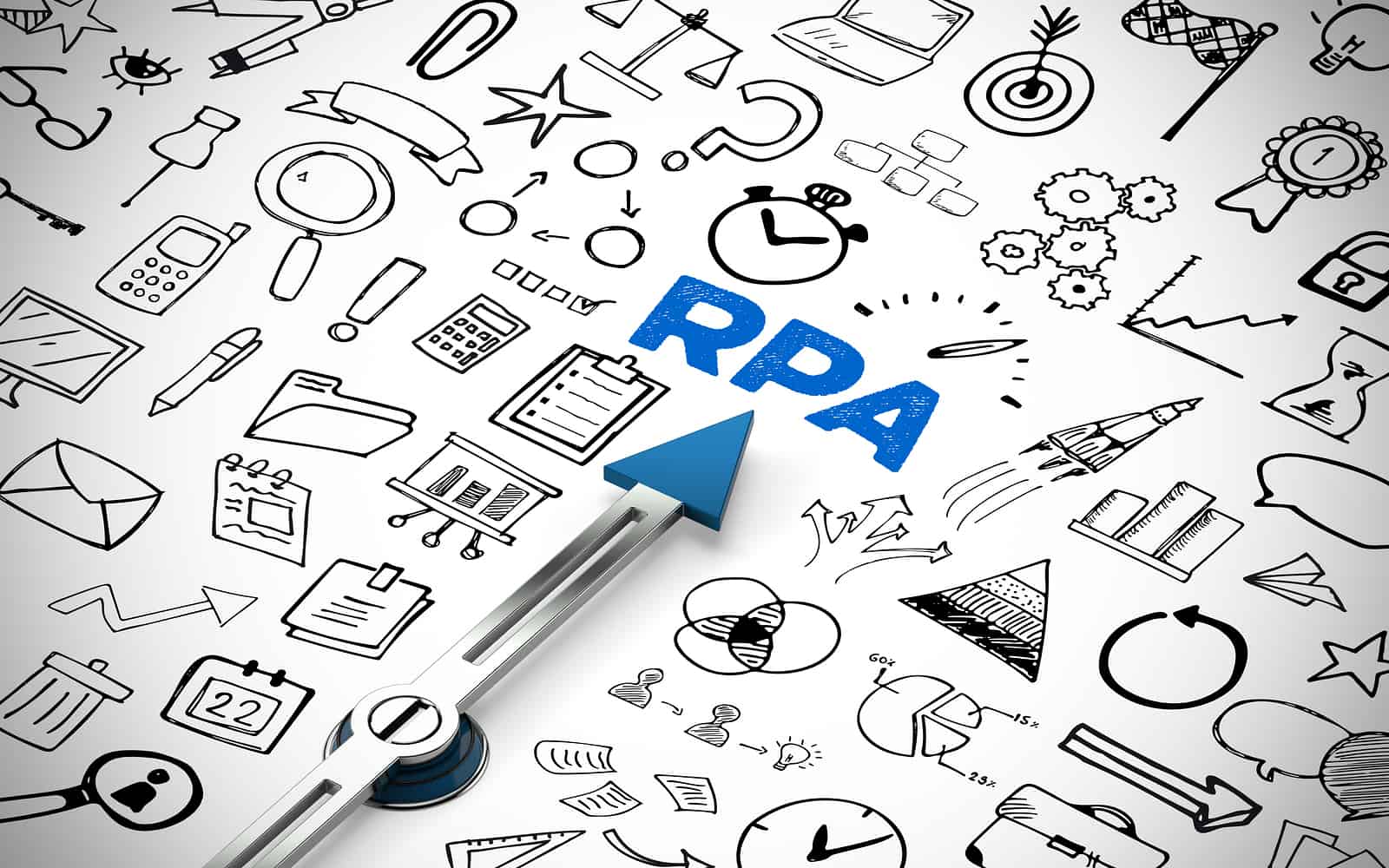Robotic Process Automation is Hot – Integration is Not!
Traci Curran
February 24, 2020

Robotic process automation (or RPA for short) is the term used to describe the next generation of technology-enabled workflow management capabilities. RPA solutions come in various sizes and shapes from a myriad of different vendors. RPA is the current buzzword and has enormous growth opportunities but integration is complex and requires expensive skills and resources.
Still, the underlying premise is the same – in a post-digital transformation environment, companies need the ability to leverage a wide variety of technology components to support their business: IoT, cloud services, mobile devices, SaaS software, and traditional IT systems.
To leverage and integrate this diverse technology footprint effectively, they need a new set of workflow management and rules-based orchestration capabilities to help them transform specialized components into end-to-end processes that meet business goals.
The Challenges That RPA Vendors Face
This is the market opportunity that RPA vendors are seeking to address for their customers through their RPA solutions. What this picture doesn’t address is the set of challenges that RPA vendors themselves face in building RPA solutions and what tools are available to help them be successful in developing the products that customers want, deploying them quickly, and operating them effectively. RPA vendors often resort to using or embedding open-source integration tools, which are risky; these tools may not have enterprise-level support, may not be secure, and also have the risk of being acquired by a larger vendor. RPA vendors should partner or embed industry-leading integration tools to mitigate such risks.
RPA vendors also have a data challenge. It’s both a big data challenge and a distributed data challenge. RPA solutions are designed to connect and orchestrate a large number of IT components from different manufacturers – each doing different things. Components have differing capabilities in terms of processing, connectivity, data storage, and management capabilities, which the RPA vendor must figure out how to understand, manage and exploit in pursuit of the customer’s business objectives.
These components (whether they be IoT, mobile apps, or traditional IT systems) also produce vast amounts of data – some of it streaming, some of it static, some of it processed in batches. So the question for RPA vendors is: “How do I get all of this data connected, organized and processed at the scale of modern IT and meeting the performance expectations of modern businesses?” This is where Actian comes into the picture. Actian DataConnect provides a set of integration tools to support RPA vendors in managing and integrating the diverse and large volumes of data that their customers want to leverage, enabling RPA solutions to focus on things like managing business rules, workflows, and processes.
Connecting Diverse Components Together
The first challenge in managing data in RPA solutions is connecting the various parts of the IT ecosystem together so they can be managed in a consistent and centralized way to ensure the free-flow of data, security, and manageability.
Actian DataConnect is a hybrid integration platform ideally suited to this challenge – integrate anything, anywhere, anytime and enabling centralized governance, management, and control.
Whether its IoT devices deployed within customer operations, mobile apps in use by employees/partners/customers, SaaS solutions hosted by 3rd parties, or traditional IT systems deployed in a company’s data center. Actian DataConnect is an enterprise-grade solution to manage all of the RPA vendor’s (and customers’) connectivity needs.
Embedded and Edge Processing of Streaming Data
Some of the most powerful and specialized technology components that customers want to leverage in their digitally transformed business processes aren’t very powerful in reality. They are IoT devices and mobile apps with limited storage and data processing capabilities. The things they do, they do very well, but to maximize their value in an enterprise context, the data that these devices produce needs to be processed and aggregated with other data. Streaming raw data consumes a lot of network bandwidth (which is expensive) and introduces latency that slows down real-time business processes.
Actian Zen provides a small footprint, distributed database capabilities that can be deployed either as embedded capabilities or in edge devices to enable processing of streaming data close to where it is produced. In the context of an RPA solution, this means better performance, lower total cost of ownership (TCO), and the ability to distribute rules execution and workflow orchestration around the globe.
Aggregating Data for Enterprise Insights
Continuous improvement, be it through process analysis and optimization or supported by machine learning and artificial intelligence, requires RPA vendors to aggregate distributed data in a centralized location for analysis and the harvesting of enterprise insights. Actian is a modern cloud data warehouse solution that is optimized for the high-performance processing, enterprise scalability, and robust analytics that RPA solutions demand.
Robotic process automation is poised to have a disruptive impact on the IT industry over the next few years. As RPA vendors race to get their products to market – balancing speed, quality, features, and scalability – Actian offers a set of capabilities in DataConnect, Zen, and Actian Data Platform that can give you a leg-up in the marketplace.
To learn more, visit www.actian.com.
Subscribe to the Actian Blog
Subscribe to Actian’s blog to get data insights delivered right to you.
- Stay in the know – Get the latest in data analytics pushed directly to your inbox.
- Never miss a post – You’ll receive automatic email updates to let you know when new posts are live.
- It’s all up to you – Change your delivery preferences to suit your needs.
